How a dog taught me an unbeatable technique for calming down a misbehaving dog, by A-list trainer Ben Randall
Ben Randall explains his simple technique for calming down an overexcited or nervous dog who has stopped responding to your training commands.
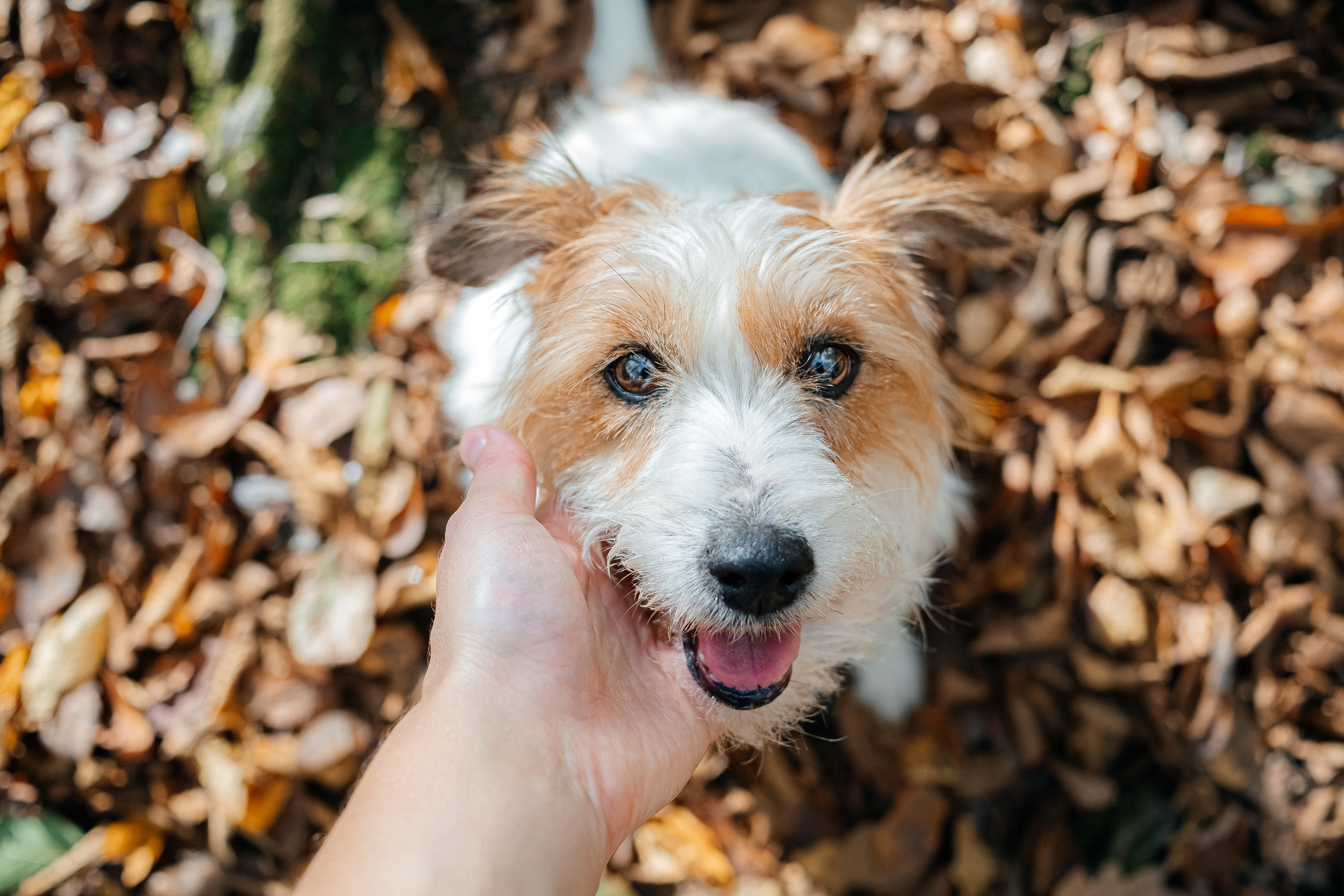

In recent weeks we've had a few questions in from readers who've been trying to curb their dog's unwanted behaviour: stopping a puppy from biting, getting a dog to stop barking at cats and more. So rather than answer one specific question this week, I'm going to look at one of the key methods I use when my dogs aren't doing what they're told.
The best bit? It's something that one of my dogs actually taught me. It's what I call the BG Correction, and it's a wonderful way of calming down a dog who is overexcited, or not getting its own way, when a normal command isn't working for you.
Simply put, it's using the power of touch, gently covering your dog's eyes, to reinforce your message and help them regain their calm and let them know that they can't keep doing what they're doing.
We all need a way to do this, both as pet owners and people. Over the years, I’ve thought a lot about how I say no to my children, and how I was told the word ‘no’ by my own parents. If kids are brought up in the right way, and taught in the right way, no means no. It's not about being negative — no sense of 'Dad’s being nasty' — but simply that no means no for a reason. It might be for safety, or it might simply mean ‘no’ at this particular time, but a human learns to accept the 'no' because they understand, accept and trust the parent or carer it's coming from.
While dogs don't understand words in quite the same way, the underlying principle is the same: you want your dogs to stop what they're doing because they trust you and understand that you are doing the best for them.
Using the BG Correction
If one of my dogs is not responding to a command in the way that I'd want, I put my left hand over their muzzle and eyes, then hold on to their collar or chin with the right hand, and repeat the command. It's not a substitute for teaching the commands themselves — for that you'll need to learn how to get your dog to walk to heel, teach it how to leave things on command, or get your dog to sit — but if they know the commands, it'll help remind them of what they should (or shouldn't) be doing.
It's all done very gently. I apply no pressure whatsoever, and simply change my tone of voice depending on what the dog has not done, or done wrong. The 'tone fits the crime' is the way I think about it, so if the dog is not sitting, I'll cover his or her eyes and gently repeat the verbal ‘sit’ command. If he hasn't stopped on the whistle, I'll put my hand over the eyes and blow the stop with my whistle again.
Sign up for the Country Life Newsletter
Exquisite houses, the beauty of Nature, and how to get the most from your life, straight to your inbox.
If it's something a little more serious — say it's grabbed something it shouldn't have and is ignoring the 'leave' command – then I'll put my hand over the dog's eyes and issue a sterner ‘leave’ command.
The aim isn't to make the dog scared — quite the opposite, since I also use the same technique to relax my dogs when overexcitement or nerves have taken hold. They're soothed by my hand and words.
Why the BG Correction works
I always speak very calmly to my dogs, so they know a change of tone means something.
For an example, think back to your days at school. I had — and I bet we all had — a teacher who was constantly shouting, so much so that we quickly just tuned him out. But I also had a teacher who was always very calm and softly spoken.... and when he raised his voice, you knew it meant business. We instantly knew we had to stop. It's the same for training dogs, and I've seen it work time and again.
Some older dogs that don’t understand the correction command you’re giving, or take a bit longer to understand it. However, with the tens of thousands of dogs we’ve seen over the ears, it normally works pretty quickly – so long as they already understand the command we’re correcting them for. It's like a canine version of what we sometimes tell our kids: close your eyes and count to 10, and when you open them you'll see the world a bit differently.
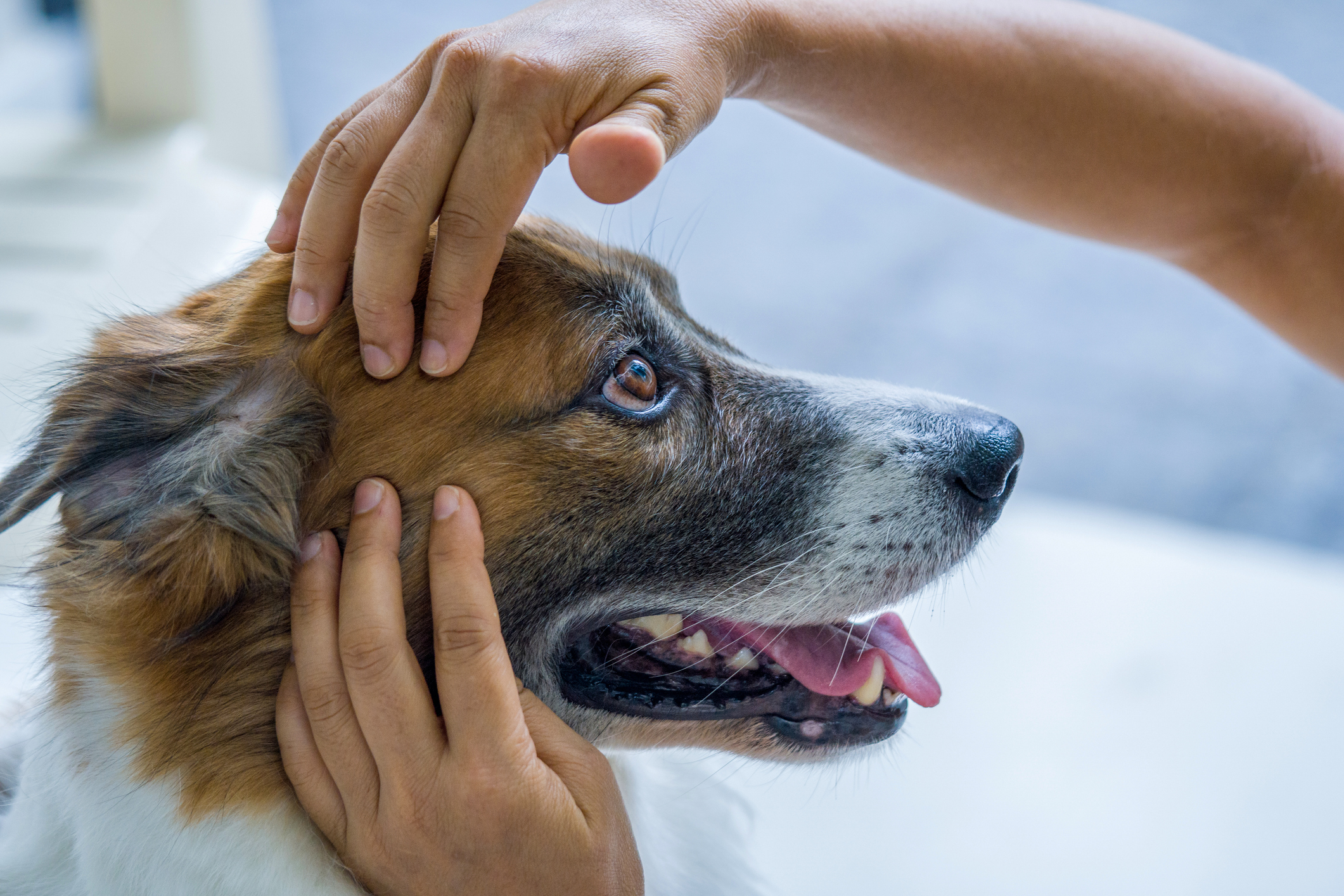
How I came up with the BG Correction
Over the last 30 years I’ve had lots of litters of puppies, and especially in the last decade I've kept lots of them for my breeding lines, and to train them up — either for myself, or for clients who want partially-trained or trained dogs. Because of that I've had them a lot longer than most breeders would normally keep a puppy, so I get to see them interact with their mother for months – and that's the role I try to play for all my dogs. I want to be someone they love, someone they respect, someone they want to please and someone that they're in partnership with.
It was many years ago I learned it, from a cocker spaniel who'd recently become a mother. She'd had a litter and I'd kept one of the puppies to train. At 10-12 weeks most puppies would have left, but he was still here with his mother, and was an endlessly playful thing, loving to play with mum by chewing her ears, jumping on her back and being a general nuisance.
Often as not in this instance, you'll see the older dog snap at a puppy to stop it – it can be effective, but the adult dogs can get too aggressive, so I’m not keen on that type of behaviour or training.
Instead, what I saw this particular dog do when the puppy bothered her changed my whole approach. She calmly came up against the pup, nudging her against the wall, and putting her head against the puppy’s head very gently. When she'd done so, she calmly and quietly gave an unmistakable growl.
After two or three seconds the puppy got up and walked away for a few minutes, but eventually returned and started bothering mum again. The mother simply repeated what she'd done before, mixing gentle physical pressure with an audible 'command'.
After a week or so, with this happening a few times a day, the puppy knew when to play and when to stop – and it was a magical thing for me to witness.
Why dogs are the best teachers of training
The mother of that puppy brought it into the world, loved and fed it for weeks, shared a kennel, car rides, and training fun with the puppy 24/7. There was no fear factor at all between them — just love and mutual respect. And that’s just how I want my relationships to be with my dogs.
Whilst I have decades of experience, read many books and studied psychology, the most powerful learning tool for me is watching the animals in my care.
Sometimes just standing back and watching them interact with others, watching them learn, I am learning all the time from these incredible dogs.
For more detailed advice about Ben Randall’s positive, reward-based and proven BG training methods, one-to-one training sessions, residential training or five-star dog-boarding at his BGHQ in Herefordshire, telephone 01531 670960 or visit www.ledburylodgekennels.co.uk. For a free seven-day trial of the Gundog app, which costs £24.99 a month or £249.99 a year, visit www.gundog.app/trial
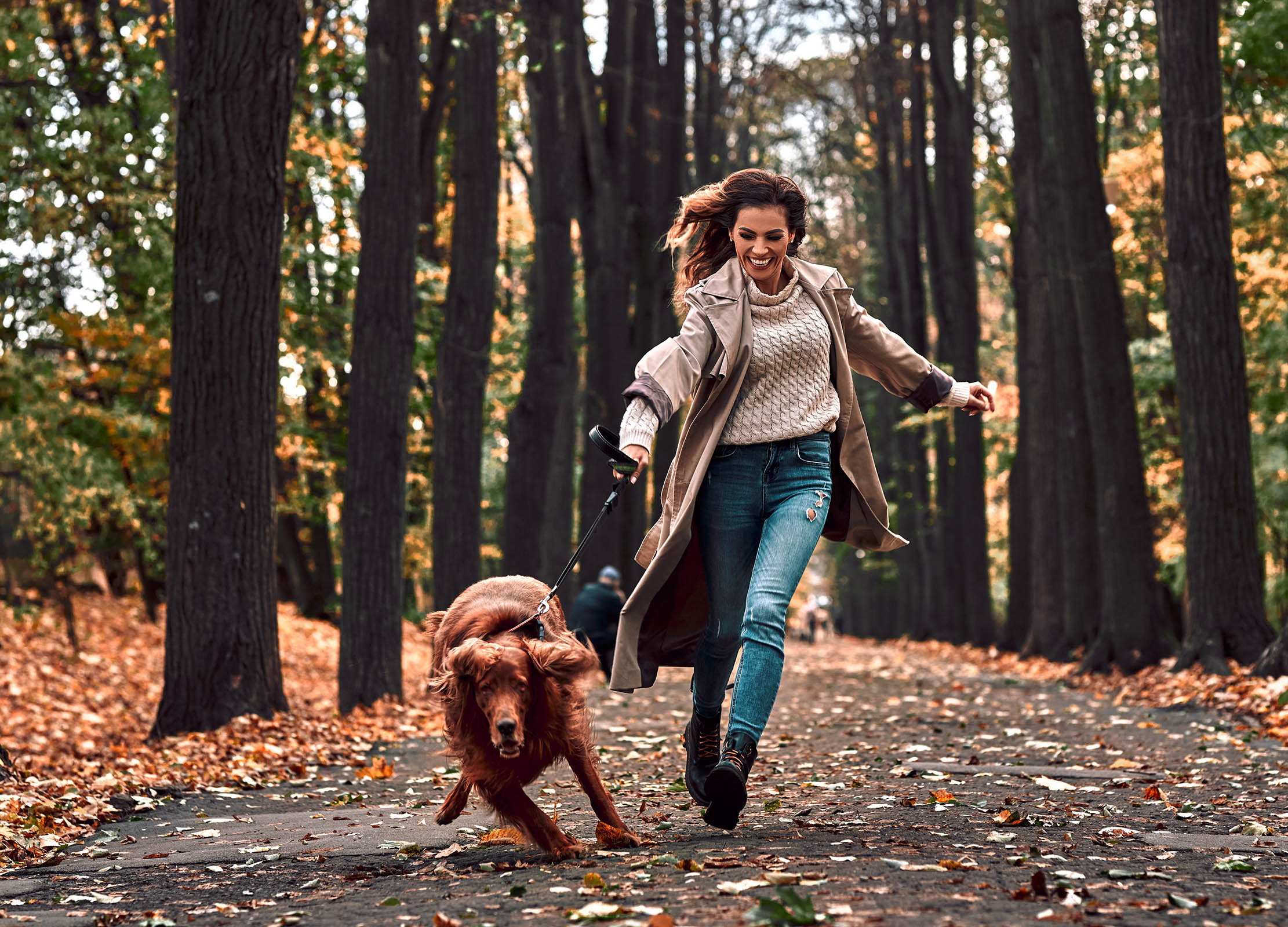
Credit: Getty Images
How to get your dog to walk to heel
Teaching your dog to stop pulling on the lead takes work, but it’s an important step in training that will
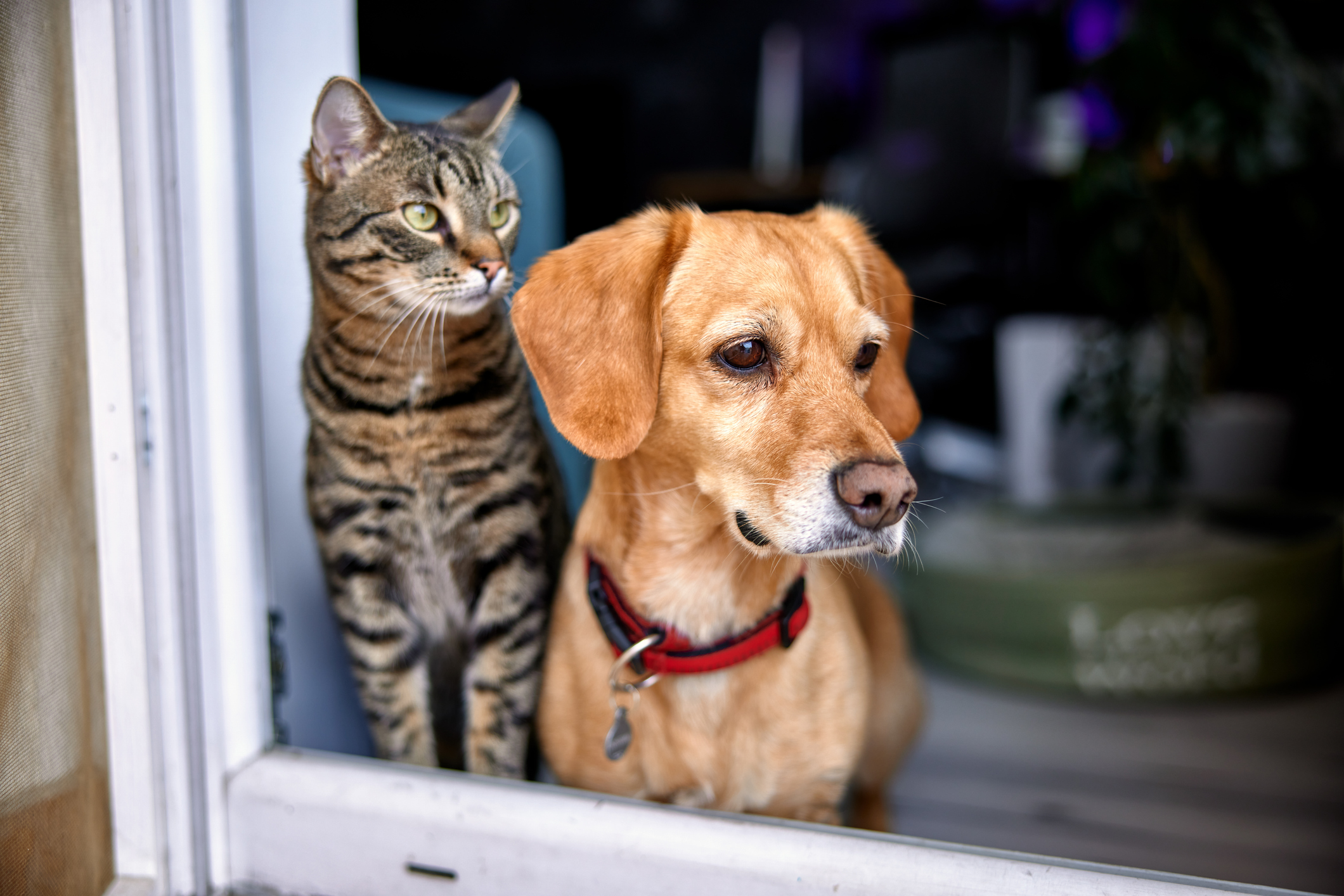
How to stop your dog from chasing and barking at cats, by expert trainer Ben Randall
The conflict between cats and dogs seems to be as old as time, but it really doesn't have to be

Credit: Getty
How to help a rescue dog with food issues and separation anxiety, by expert trainer Ben Randall
Saving a street dog from a harsh life is a noble thing to do, but often comes with issues. Expert
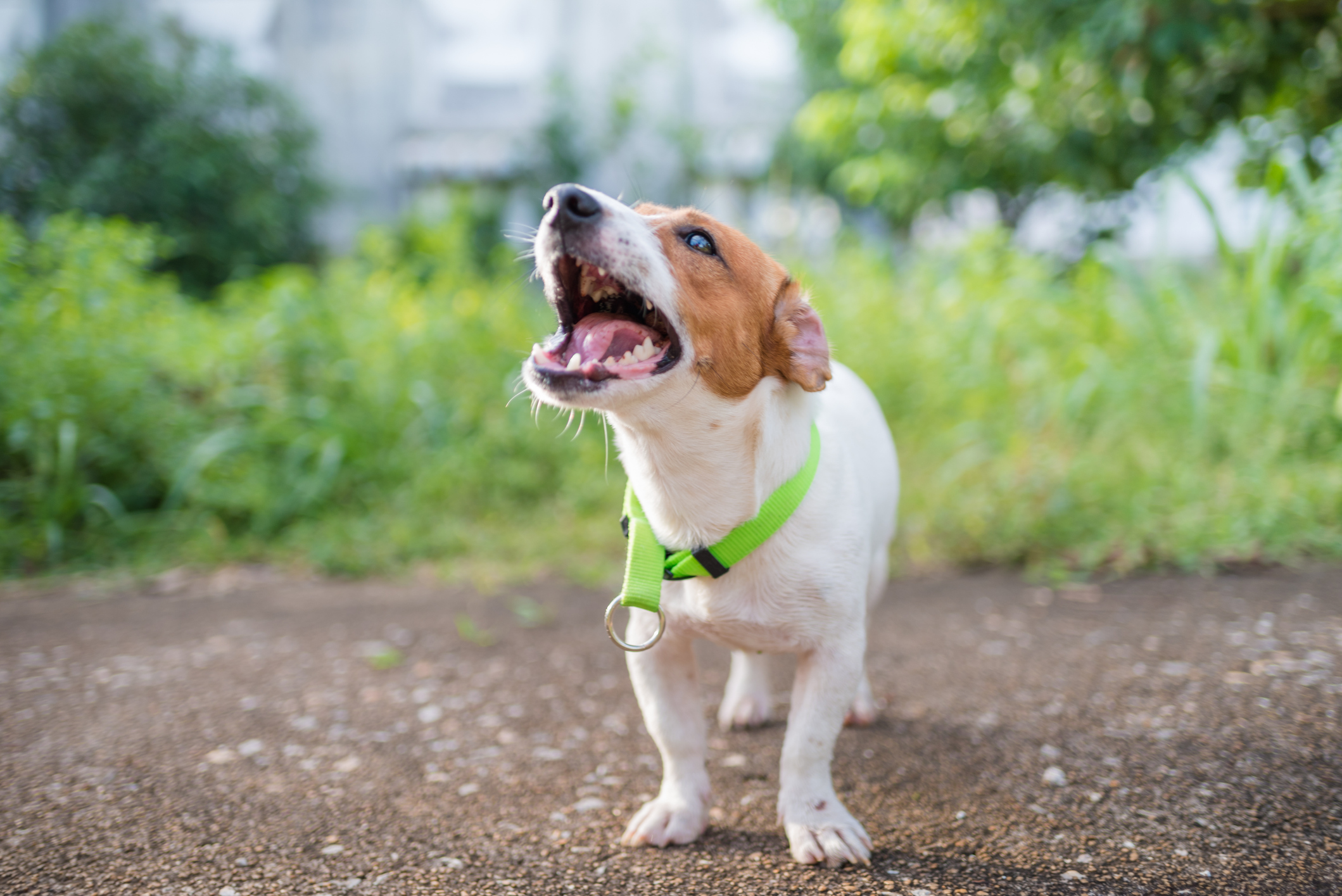
Puppy aggression: How to nip it in the bud before it becomes a problem, by award-winning trainer Ben Randall
A reader whose lovely puppy is starting to show worrying behaviour writes — and Ben Randall has some expert advice.
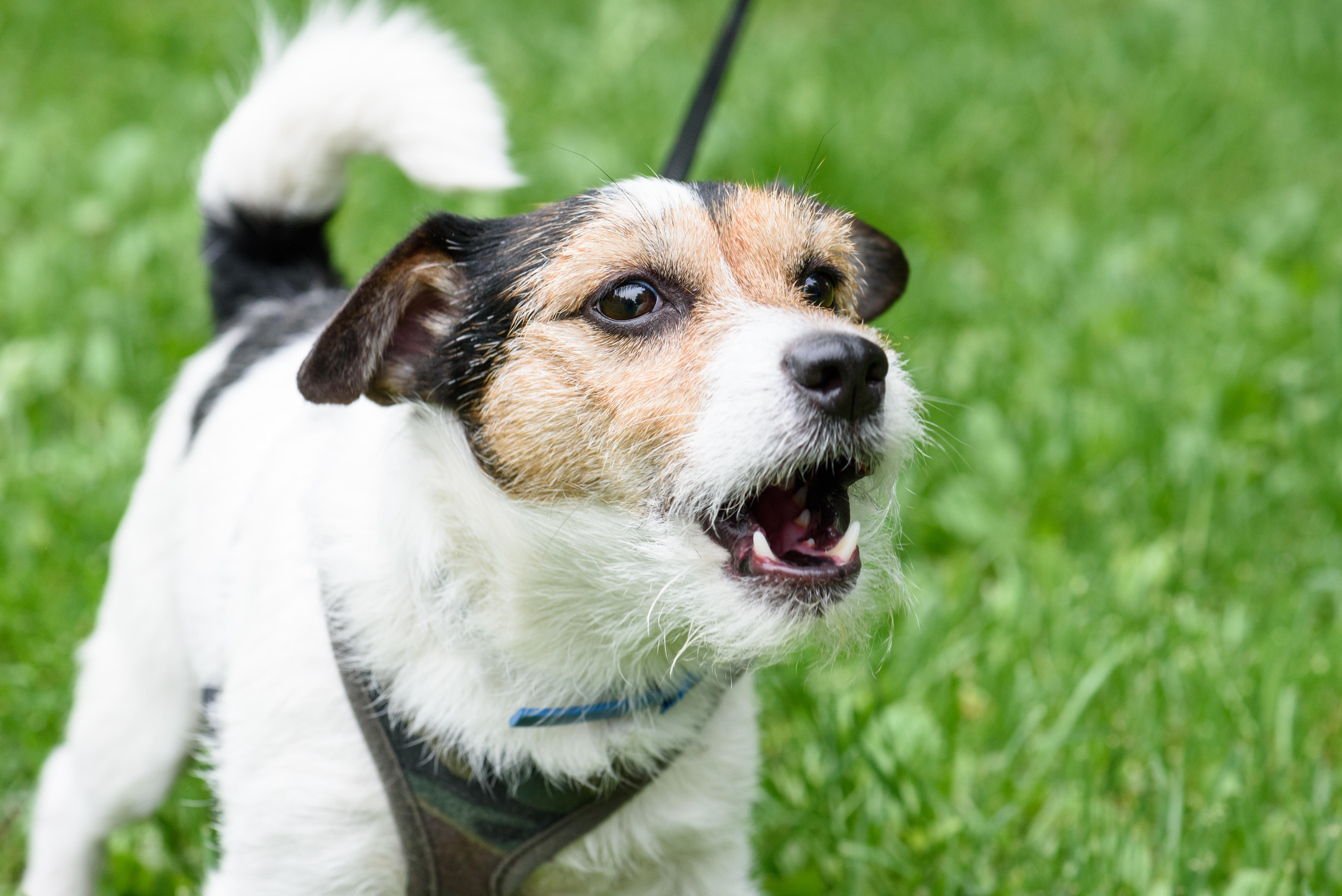
'My dog keeps barking at my sister — what can I do?' Canine agony uncle Ben Randall has the answer
The A-list dog trainer Ben Randall shares his advice on how to deal with a dog who's taken against someone
-
 High Wardington House: A warm, characterful home that shows just what can be achieved with thought, invention and humour
High Wardington House: A warm, characterful home that shows just what can be achieved with thought, invention and humourAt High Wardington House in Oxfordshire — the home of Mr and Mrs Norman Hudson — a pre-eminent country house adviser has created a home from a 300-year-old farmhouse and farmyard. Jeremy Musson explains; photography by Will Pryce for Country Life.
By Jeremy Musson Published
-
 Under the hammer: A pair of Van Cleef & Arpels earrings with an intriguing connection to Princess Grace of Monaco
Under the hammer: A pair of Van Cleef & Arpels earrings with an intriguing connection to Princess Grace of MonacoA pair of platinum, pearl and diamond earrings of the same design, maker and period as those commissioned for Grace Kelly’s wedding head to auction.
By Rosie Paterson Published
-
 What to do when your dog gets attacked by another dog out on a walk
What to do when your dog gets attacked by another dog out on a walkBen Randall deals with a reader's difficult situation as an ordinary walk took a turn for the worse.
By Ben Randall Published
-
 How to deal with an older dog starting to show some bad behaviour after many happy years
How to deal with an older dog starting to show some bad behaviour after many happy yearsA-list dog trainer Ben Randall helps a reader whose ageing dog has started changing its behaviour — and not for the better.
By Ben Randall Published
-
 Ben Randall: Ask Country Life's canine agony uncle a question about your dog
Ben Randall: Ask Country Life's canine agony uncle a question about your dogOver the past two years our award-winning dog trainer Ben Randall has been sharing his advice with Country Life readers.
By Country Life Published
-
 How to look after a dog who's gone deaf, by A-list trainer Ben Randall
How to look after a dog who's gone deaf, by A-list trainer Ben RandallBen Randall handles a query from a reader whose dog has lost her hearing.
By Ben Randall Published
-
 How to deal with a dog that's stronger than you are — especially when it runs off when it gets excited
How to deal with a dog that's stronger than you are — especially when it runs off when it gets excitedBen Randall tackles an issue for an owner of a dog that's almost as big as she is.
By Ben Randall Published
-
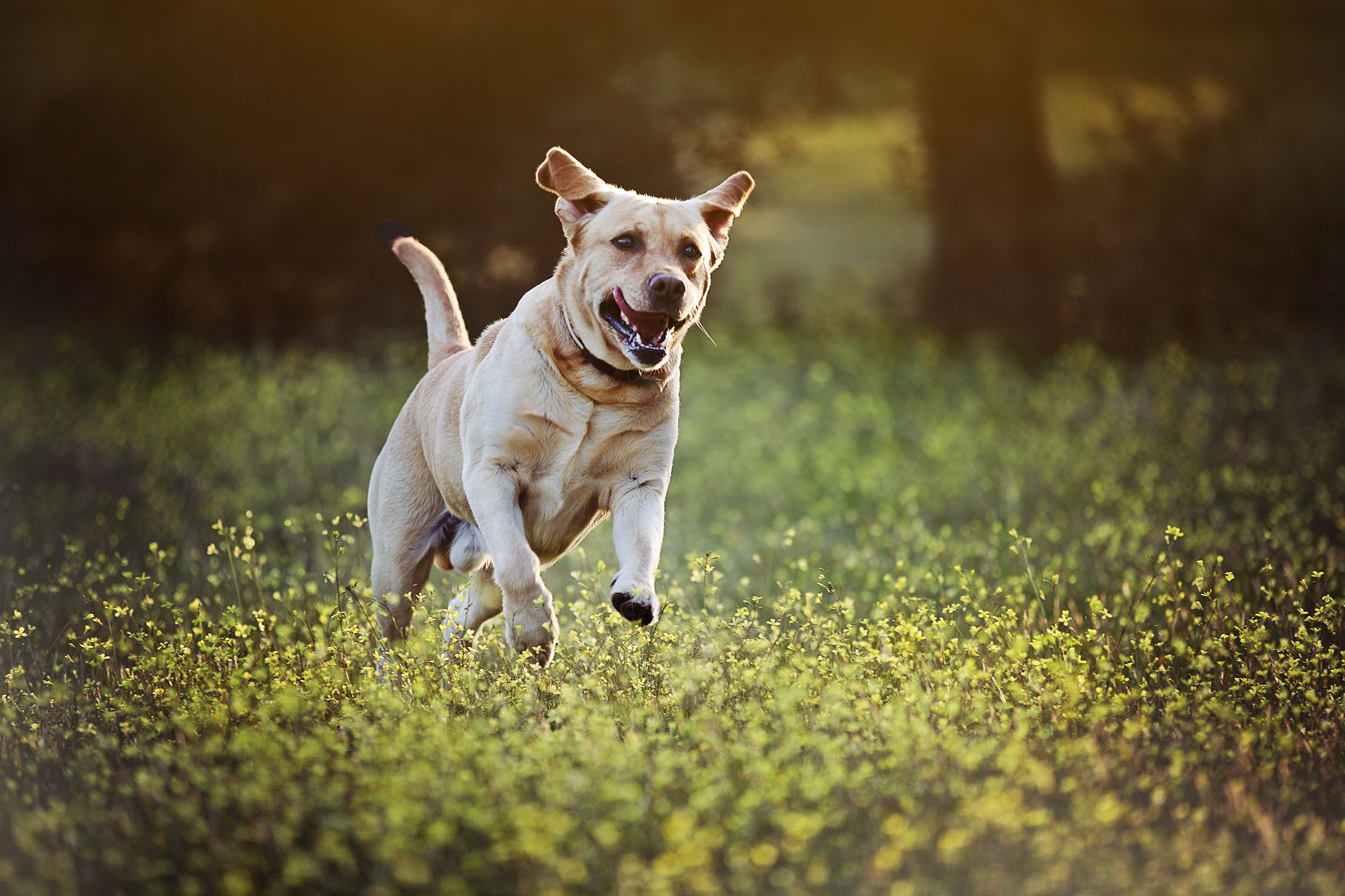 'My dog goes crazy when he sees someone with a ball launcher. How do I make him stop?': Expert trainer Ben Randall explains what to do
'My dog goes crazy when he sees someone with a ball launcher. How do I make him stop?': Expert trainer Ben Randall explains what to doTaking on a dog with ingrained bad habits can be a headache. Ben Randall explains how to retrain them to keep calm.
By Ben Randall Published
-
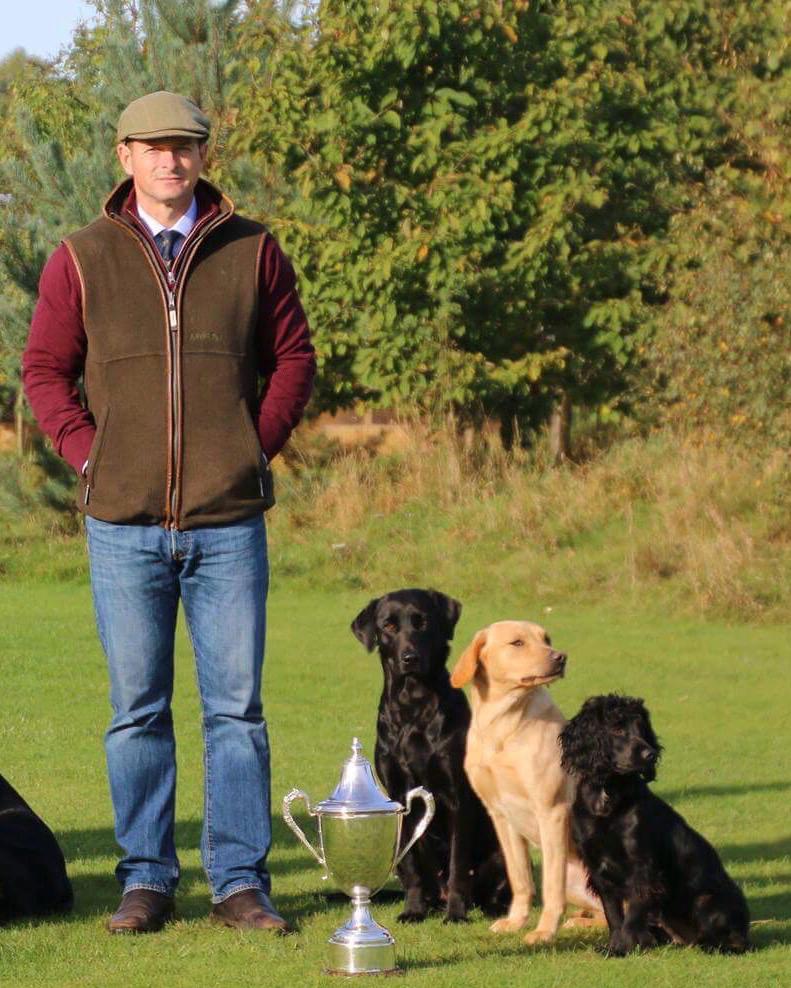 Ben Randall: Q&A with the award-winning dog trainer
Ben Randall: Q&A with the award-winning dog trainerWe speak to Country Life's canine agony uncle Ben Randall.
By Ben Randall Published
-
 How to stop your dog from being protective and barking at builders
How to stop your dog from being protective and barking at buildersBarking can be annoying and unsettling for visitors. Ben Randall looks at how to get a little peace and quiet.
By Ben Randall Published